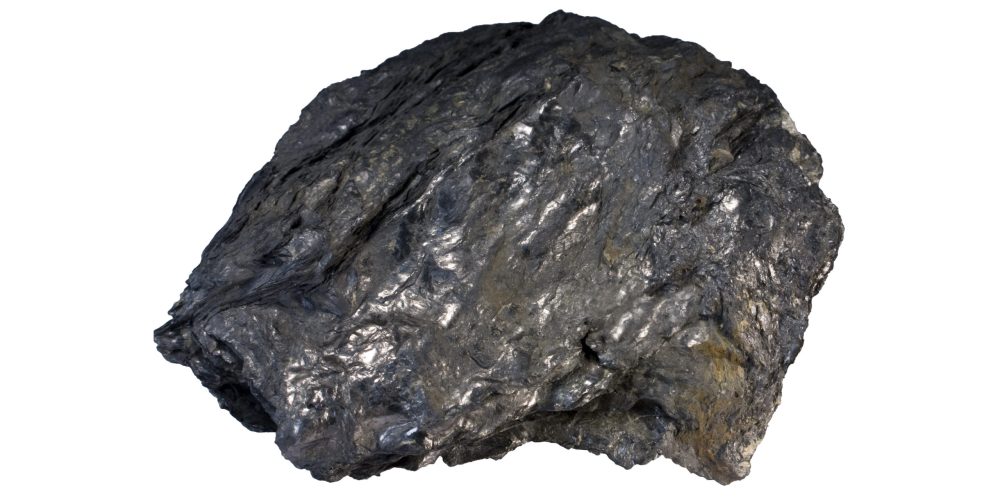Graphite: soon the new black gold?
Graphite is a soft, crystalline form of Carbon. Natural Graphite occurs in metamorphic rocks such as marble, schist, and gneiss. At present, graphite is the anode material of choice in batteries. It naturally occurs in three different variations: amorphous Graphite, flake or crystalline Graphite and vein or lump Graphite. it can also be produced synthetically. Battery grade material presently can only be produced from flake, vein and synthetic Graphite and the required purity for battery applications is at least 99,9%. In China, a rather low-cost process is being used which is disastrous for environment, workplace health and safety. Increasing demand for EVs however may prolong this dirty way of production due to missing alternatives.
Mining and Production
At present, China is the largest producer of (natural) Graphite. The share of battery anode material (called spherical graphite SPG) only accounts for a very small amount but is forecasted to surge in the coming years due to the increased need for energy storage in several industries. China tries to get more hold on Graphite mining by enforcing smaller companies to merge and to adopt suitable and environmentally friendly operations. But its amorphous graphite mining industry is fragmented and suffered from the closure of some 200 mines in recent years due to environmental concerns and because of depleted deposits. The main producing areas in Northeast China close to the North-Korean border have a seasonal production due to harsh climate conditions in winter. During mine closures, operations try to produce material from tailings and stockpiles. Other large producers include Brazil and India. In 2017, a new and the world’s largest graphite mine entered service in Mozambique. In Mozambique several further new mines are just about to enter production and countries like Turkey, Russia and several African countries show considerable reserves which are prone for the initiation of further mining projects.
Issues
With the graphite production arise a few challenges. One being, that not all graphite can be used for all applications, e.g. in electro mobility, only high purity material of the flake, vein and synthetic type can be used. Further, other industries such as the steel and automotive industry require a lot of graphite besides the battery industry, leading to a competition among them. A strong demand is expected by the nuclear industries for the new pebble-bed reactors and by the fuel cells used in vehicles. The Chinese mining industry is very fragmented and production is challenged with aging mines and some severe environmental problems (dust emissions, Graphite rain, and wastewater disposal), seasonality (in Northeast China open cut mining has to cease during winter) and political guidelines to setup more of the value chain within China. In India, production is hampered by a whole range of problems, mainly old and new regulatory frameworks with yet unclear procedures including environmental clearances, social licensing, inadequate infrastructure, limited skilled labour, land use competition, fraud and corruption.
Outlook
Graphite has long since been the material of choice for anode material. However technical shortcomings and safety concerns especially during fast charge and low temperatures plus potential supply risks pushed research to investigate in other materials like Lithium-Titanium-Oxide, which offers long cycle life but reduced energy capacity and are much more expensive, or Silicon-based Anodes which provide superior performance but with a decisive drawback of material expansion during charging. New processing technologies seem to overcome some of the stated disadvantages and keep Graphite a bit longer as a favorable material for battery production.
adapted from Dr. Volker Zepf
Sources: Chelgani S. C., Rudolph M., Gutzmer J. (2016): A Review of Graphite Beneficiation Techniques. DOI: 10.1080/08827508.2015.1115992 InvestingNews (2017): Types of Graphite: Amorphous, Flake and Vein.
Northern Graphite Corporation (2018): Annual Information Form For The Year Ended December 31, 2017. Northern Graphite Corporation (2018): Lithium Ion Batteries.
Syrah Resources Limited (2018): Graphite and Its Uses.
Transport & Environment 2017, Electric vehicle life cycle analysis and raw material availability.
USGS (2018): Minerals Yearbook Graphite 2015.
USGS (2018): Webpage Graphite, Minerals Yearbooks and Mineral Commodity Summaries
Wood D L III, An S J, Li J, Daniel C, Mohanty D, Nagpure S (2016): The state of understanding of the lithium-ion-battery graphite solid electrolyte interphase (SEI) and its relationship to formation cycling.
